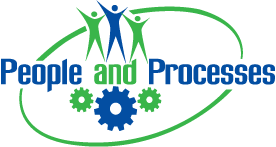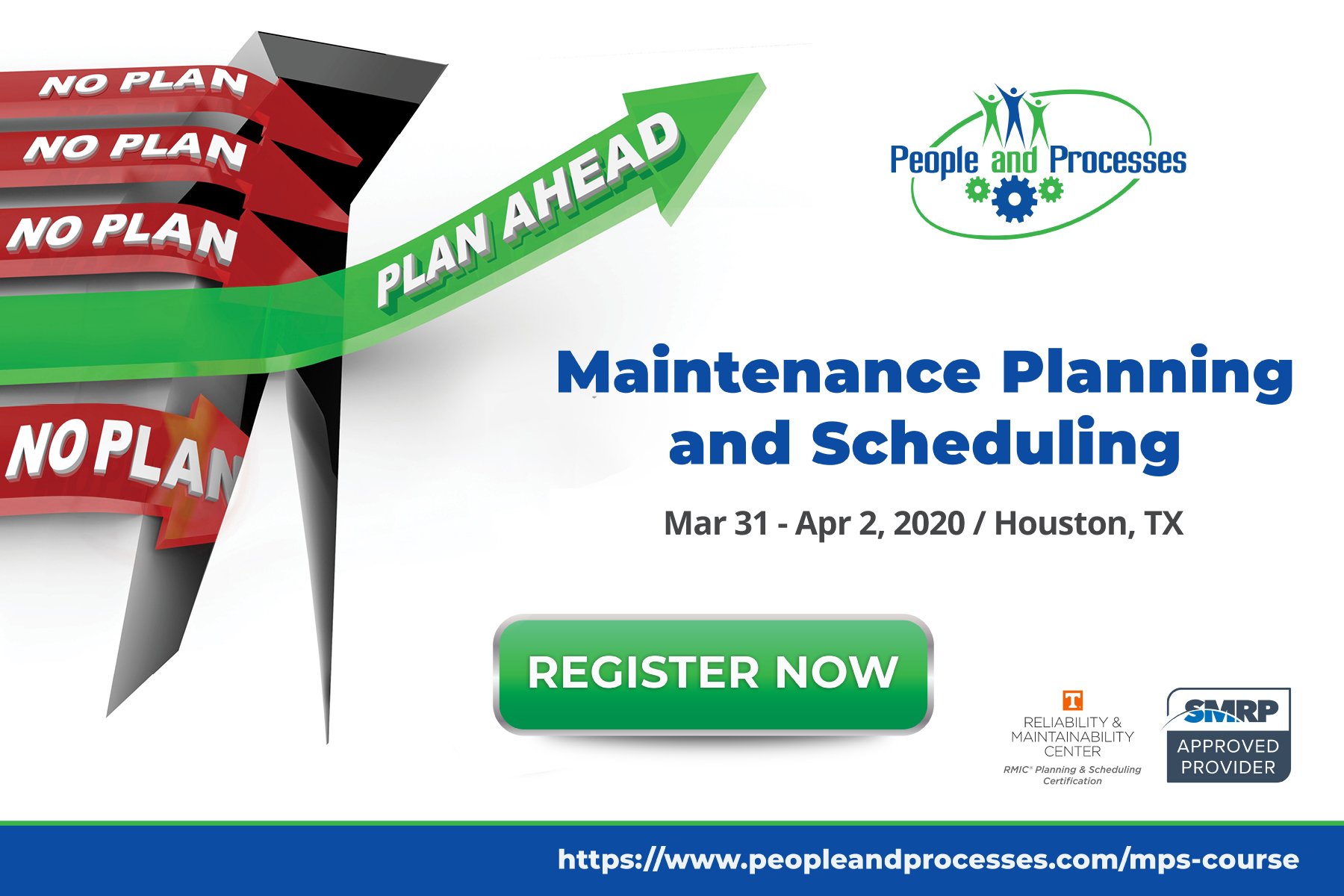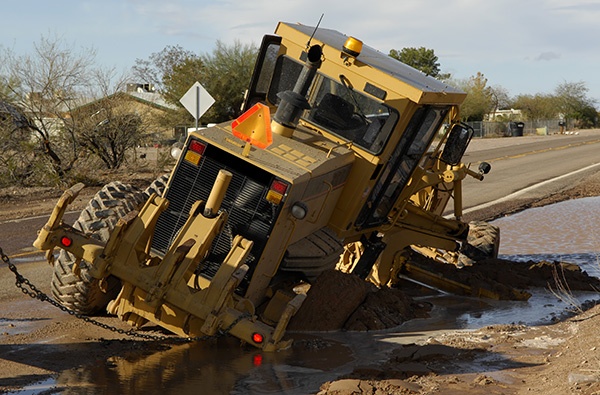.jpg?width=700&name=shutterstock_209140225%20(1).jpg)
I wonder how many don’t have Planner Schedulers? Even a better question is if the Planner exists, whether they are actually planning and scheduling or simply being project managers or shagging parts for today’s work?
If you have Planner Schedulers who are doing the intended job, then I don’t need to tell you about the benefits. If you don’t have them, and you have more than 10 or so wrench turners, then you really need to understand the benefits of Maintenance Planning and Scheduling can bring to your organization. Send me an email and I’ll help you learn why you need to invest in this position.
If you have Planner Schedulers that are new to the role, you need to get them educated. While we offer great training in this and other areas, there are lots of competent providers out there in addition to People and Processes. If your Planner Scheduler is not new to the role and has not been educated, there is no better time that now to do this to help recoup your investment. This is the first step in filling the glass halfway.
Now, on to the meat of this post … Once you have sent your Planner Schedulers off to training, recognize that is only half of the requirement to reap the benefits of Planning and Scheduling. In many cases, the Planner Scheduler returns to the site, all pumped up; ready to plan and schedule work. They begin the process only to have the Maintenance Supervisor who they report to pulling them off to chase some parts needed for today. Or they begin their day by attending the morning Production meeting where issues from the last 24 hours are discussed. While they wanted to plan and schedule work, the issues of the last day dictate dealing with those issues. Maintenance Planning and Scheduling work for the future is thrown out to deal with today (a tactical focus).
Remember the focus of the Planner Scheduler is strategic, focused on the future, meaning next week. To fill the glass to the top, you need to ensure education for the rest of the organization on the roles and responsibilities of the Planner Schedulers, and the Maintenance Supervisors or Team Leaders. Specifically focus on those individuals who interact with the Planning and Scheduling function to include Production/ Operations and other management. On a parallel path, couple this with coaching and mentoring for the Planner Schedulers where a knowledgeable consultant comes and “walks a mile in their moccasins” to identify obstacles that are preventing effective Planning and Scheduling. The consultant will help ensure the Planner Schedulers are performing in the role, such as doing job research, creating job plans with estimates, crafts required, and materials needed as a minimum, and scheduling the work. In addition, the consultant will identify the obstacles in the business processes around work management and interactions. As a manager, your job is to remove those obstacles and rework the processes to gain the benefits. Only then will you have filled the glass with respect to true Maintenance Planning and Scheduling.




.jpg?width=650&name=shutterstock_274953998%20(2).jpg)

 Organizations typically fall into one of three categories. Reactive, emerging proactive, and proactive. Then we have those organizations that were proactive but have fallen back into the reactive cycle of despair. The statistic of over 60% of all organizations being reactive in their maintenance processes probably doesn’t surprise many of you, especially if you live in that environment.
Organizations typically fall into one of three categories. Reactive, emerging proactive, and proactive. Then we have those organizations that were proactive but have fallen back into the reactive cycle of despair. The statistic of over 60% of all organizations being reactive in their maintenance processes probably doesn’t surprise many of you, especially if you live in that environment..jpg?width=650&name=shutterstock_619318484%20(1).jpg)